Indian shrimp faces major challenges from the new U.S. tax policy
India’s shrimp export industry is facing a major shock after the United States imposed retaliatory tariffs of up to 50% on many Indian products on August 27. When combined with the existing anti-dumping duty (2.5%) and countervailing duty (5.8%), the total tax on Indian frozen shrimp could exceed 58%.
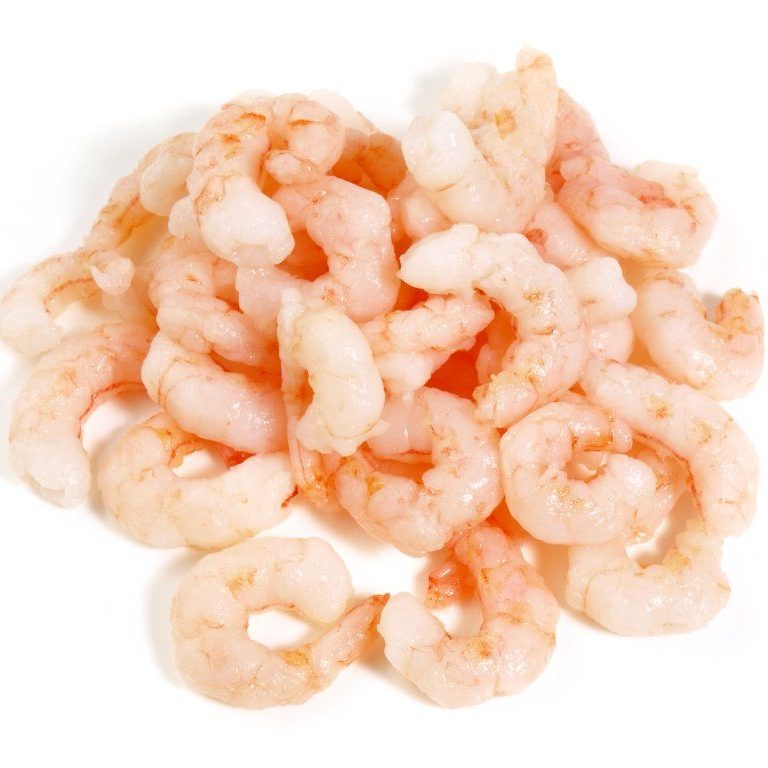
India’s shrimp export industry has been hit hard by the new U.S. tax policy.
Photo: Manoj Sharma, Mayank Aquaculture.
This development is particularly alarming because the U.S. is India’s largest shrimp market, having imported 311,948 tons worth 2.68 billion USD in the 2024–2025 fiscal year — accounting for nearly 50% of the country’s total shrimp export revenue.
According to forecasts by Crisil, India’s shrimp exports could decline by 15–18% in the current fiscal year, as U.S. importers are likely to shift to Vietnam and Ecuador, which enjoy better tariff advantages. Additionally, China may expand its market share if it maintains its current trade agreement with Washington.
Shrimp is a key export product, contributing 5.17 billion USD — nearly 70% of India’s total seafood export value last year. Around 500,000 shrimp farmers and millions of workers in the supply chain, including feed, aquaculture medicine, processing, and logistics, are being affected by falling prices, stagnant exports, and rising debt concerns, especially in key states such as Andhra Pradesh, Odisha, and Tamil Nadu.
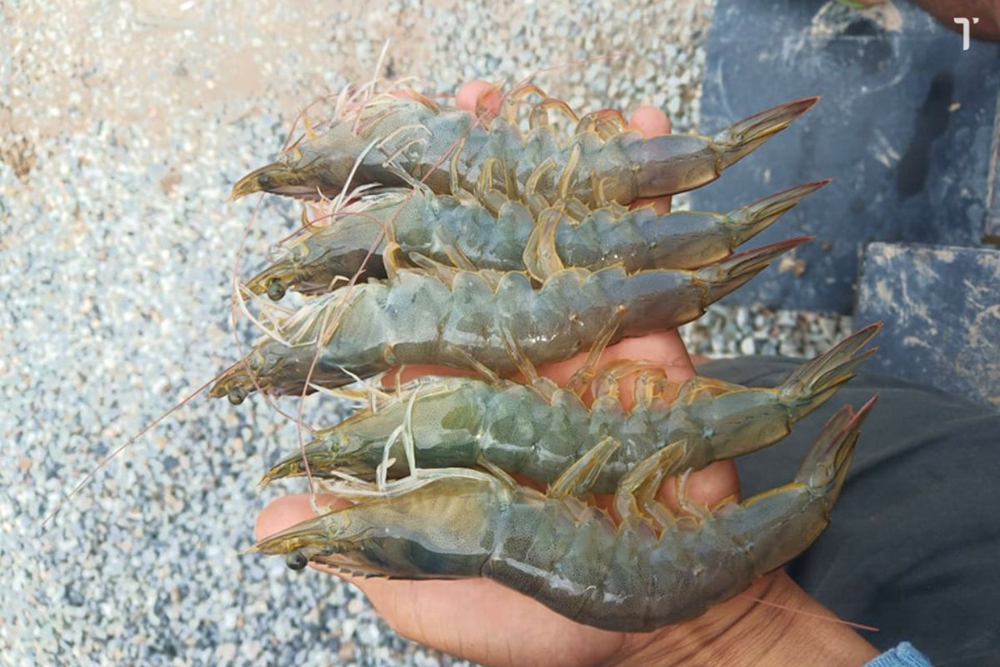
To cope with the situation, the Indian government is being urged to implement an emergency relief package including concessional credit, export credit guarantees, interest subsidies, and temporary assistance for farmers. In the long term, India is advised to diversify its markets, upgrade aquaculture and processing infrastructure, invest in broodstock, feed, and disease control, and expand its domestic market.
Source: vasep.com.vn

WE WORK FOR THE SUCCESS
Sharing: EU increases shrimp imports in the first 9 months of the year
Gideon De Oro opens high tech Cebu shrimp plant, to revive exports
White-leg shrimp facing WSSV: When density and environment fluctuate together
Vietnamese shrimp holds the 3rd position in the EU – strongly competing with Ecuador and India
Global Seafood Alliance Will Require All BAP-certified Shrimp Producers to End Eyestalk Ablation by the End of 2030
Biosecurity – The Key Solution to Aquatic Animal Disease Challenges
Launch of the VASEP Tilapia Production and Export Business Club
Passive Acoustic Monitoring: Assessing Environmental Impacts on Shrimp Feeding Behavior
Share: Dollar Spot Disease: Why Reinfection Happens Even After Proper Treatment
WORLD AQUACULTURE 2025, INDIA — WHERE INNOVATION MEETS TRADITION A GLOBAL GATHERING FOR THE FUTURE OF AQUACULTURE
Radioactive’ shrimp crisis: Indonesia grapples with contaminated industrial zone








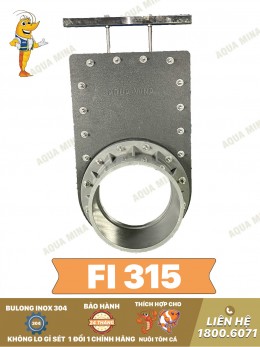
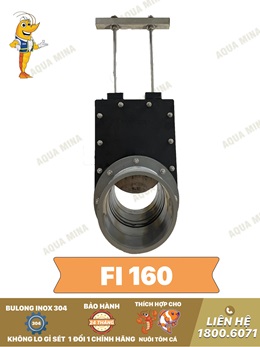
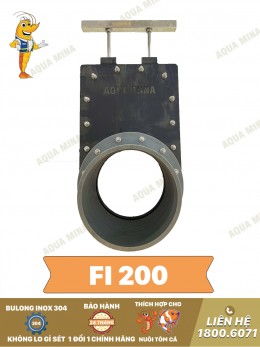
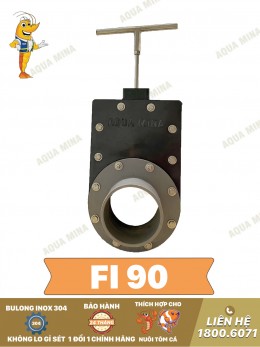
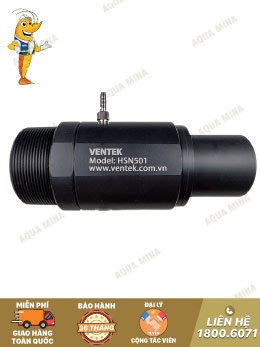
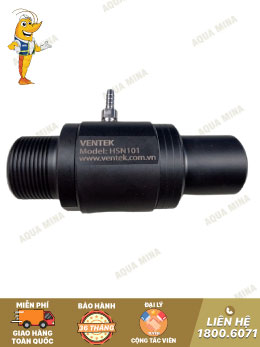





.jpg)